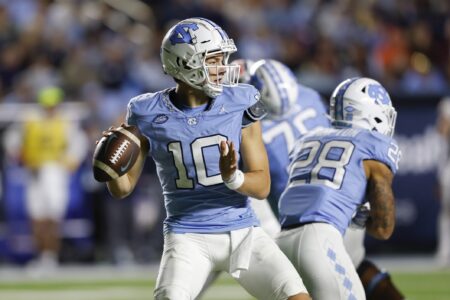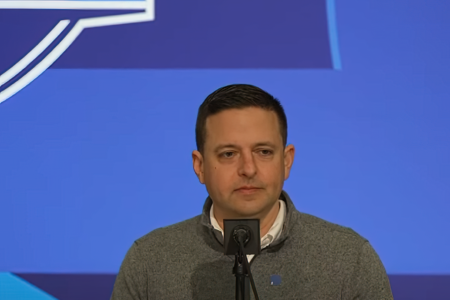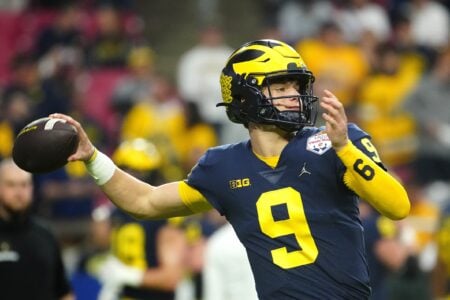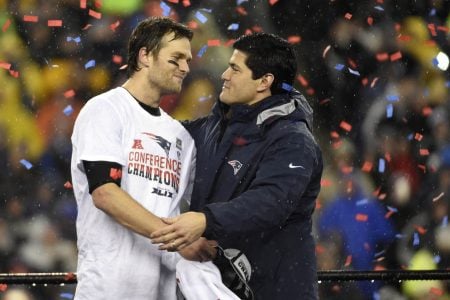- Joined
- Mar 21, 2006
- Messages
- 7,939
- Reaction score
- 16,946
But what I quoted above doesn't exactly say that. If I want to double my money, dividing it in 10 parts and betting each part once is a horrendous strategy, if I stop afterwards, for reasons much simpler and more drastic than what you said -- after all, if I lose ANY of the 10 bets, I fail.
True. I muddled it up and could have been better stated like this:
The bad team is like a gambler who has to go to the casino 16 times and each time has to make $100 worth of wagers on betting evens on roulette. How he makes that $100 of wagers is up to him. If he walks out the casino with more than $100 it's a win, if less than $100 it's a loss.
The casino has a 5.3% edge on double-0 wheels. So on average the gambler will end up walking away with $94.70.
If the gambler takes a low-variance strategy (like 100 $1 bets) his outcomes will tightly group around ending up with $94.70 and he will lose most of his 16 "games".
If he takes a high-variance strategy (a single $100 bet) he has a almost 50% chance of ending up with $200 (and of course a slightly larger than 50% change of ending up with nothing), so he will probably finish close to 8-8 for the year.
So if you have the advantage you want to use a low-variance strategy to make it more likely you finish near your superior average (and the more superior you are the lower variance you want). And if you have the disadvantage you want to use a high-variance strategy to make it more likely you finish above your inferior average (and the more inferior you are the higher variance you want).

















